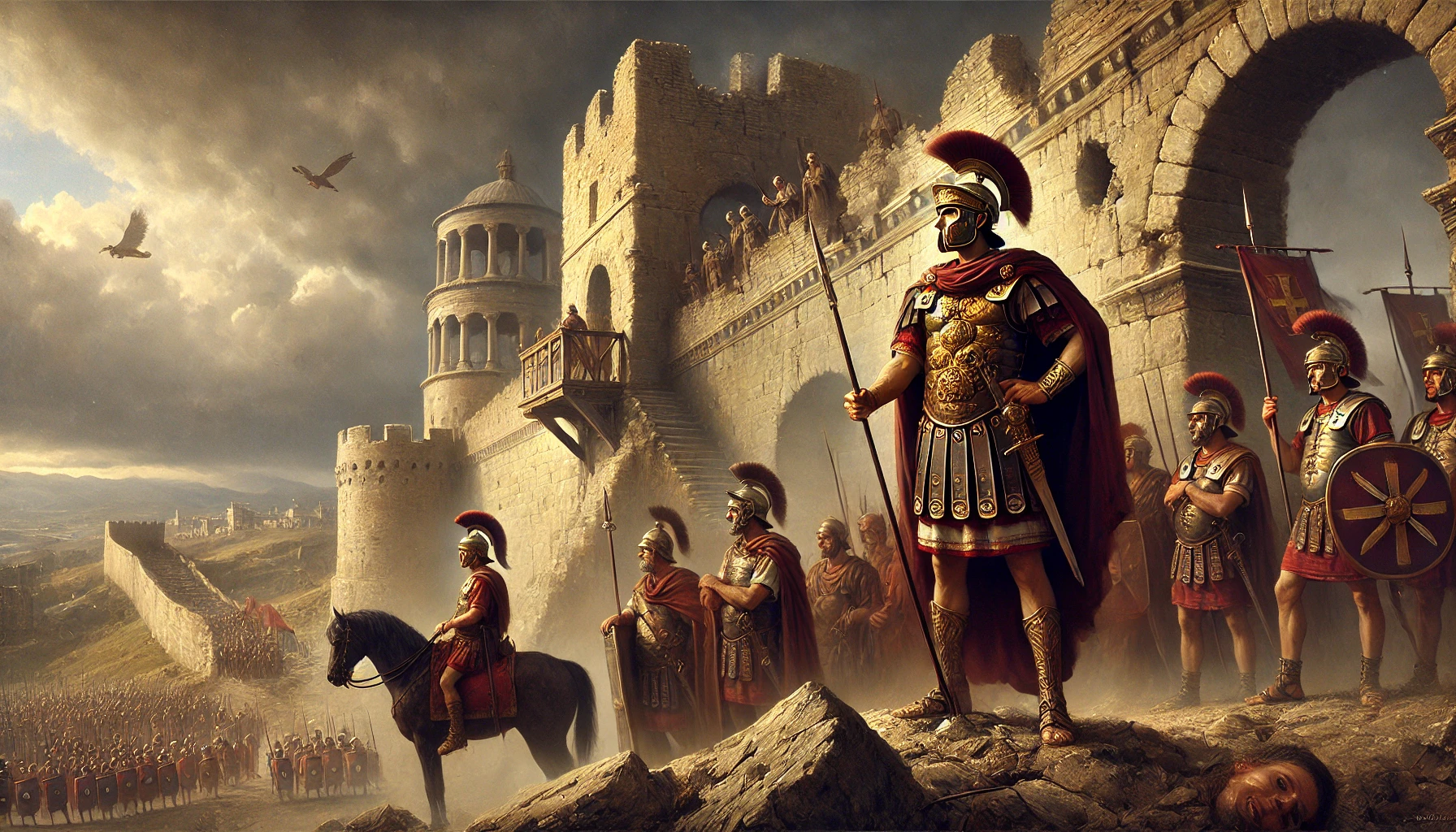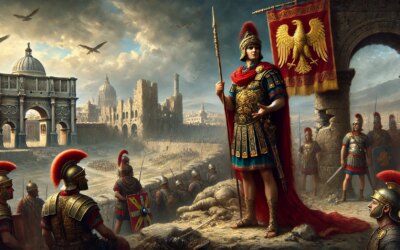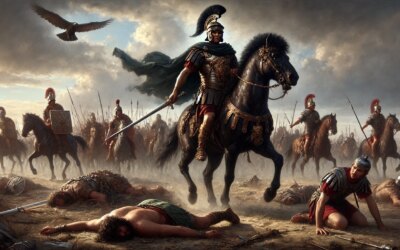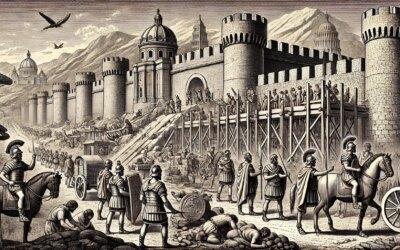Introduction: The Storm That Shook the Empire
The year 260 AD stands as one of the darkest chapters in Roman history. Known as part of the Crisis of the Third Century, this period witnessed economic collapse, external invasions, internal fragmentation, and a carousel of emperors. Among the chaos, one figure sought to hold the center together—Emperor Gallienus. In the face of disaster, Gallienus reformed, resisted, and remained, even as the world around him seemed to dissolve.
Gallienus Ascends in Turmoil
Gallienus became co-emperor with his father Valerian in 253 AD. They divided responsibility—Gallienus in the West, Valerian in the East. This arrangement was meant to stabilize the empire. But in 260 AD, disaster struck: Valerian was captured by the Persian king Shapur I at Edessa, the first Roman emperor to be taken alive by a foreign enemy. Gallienus was left as sole ruler in a fractured empire under siege.
Multiple Fronts, Endless Threats
Gallienus faced calamity on all sides. In the north, Germanic tribes like the Alamanni and Franks surged across the Rhine. In the Danubian provinces, Goths raided unchecked. In the East, the capture of Valerian left power vacuums and client kingdoms vulnerable. Worst of all, usurpers rose from within: Postumus declared a breakaway Gallic Empire in the West, while others vied for the purple in various provinces.
The Defense of Roman Cities
In 260 AD, Gallienus focused on defending key fortified cities across Italy and the western provinces. One such episode saw the emperor take personal command of defenses from the city walls as barbarian warbands approached. Though sources are sparse and often hostile, archaeological remains and imperial coinage hint at a sustained defensive strategy. He repositioned mobile cavalry units to counter rapid raids and reinforced vulnerable frontier zones.
Reforming the Military
Gallienus’ most enduring legacy was his transformation of the Roman army. He created a new class of elite cavalry—the comitatenses—based around highly mobile field units under direct imperial command. This laid the groundwork for later Roman military structures and enabled faster responses to multiple threats. He also banned senators from military command, professionalizing the officer corps and breaking with aristocratic tradition.
Religious and Cultural Patronage
Despite his military burdens, Gallienus also supported arts and religious tolerance. He issued an edict of toleration for Christians—an early gesture toward coexistence in a still-pagan state. His reign saw the continuation of imperial building programs and artistic expression, even under dire economic circumstances.
Controversy and Historiographical Bias
Later Roman historians, particularly those influenced by senatorial elites, painted Gallienus as weak and effeminate. Yet modern scholarship increasingly recognizes his strategic acumen and resilience. Surviving nearly 15 years in office during an era when emperors were often murdered within months was itself a monumental feat.
The Legacy of Gallienus
Gallienus was assassinated in 268 AD during a conspiracy near Milan, just as he was beginning to recover parts of the empire. His successors would build on his military reforms and reclaim lost territories. While his reign did not halt the crisis, it prevented total disintegration and bought time for later reconstruction under Aurelian and Diocletian.
Conclusion: Rome’s Resolute Sentinel
In 260 AD, as Rome’s enemies thundered at the gates and traitors rose within, Gallienus stood not as a conqueror, but as a defender. His image—weathered, armored, and watchful—on a crumbling wall symbolized a Roman Empire fighting not for glory, but for survival. Amid collapse, he provided continuity. Amid betrayal, he delivered reform. He may not have saved Rome, but he kept it breathing until others could revive it.






